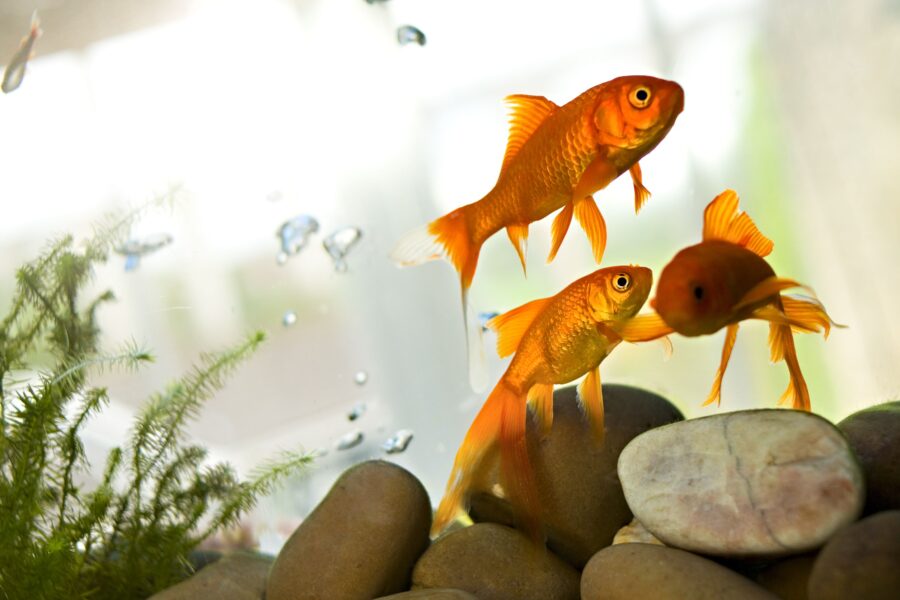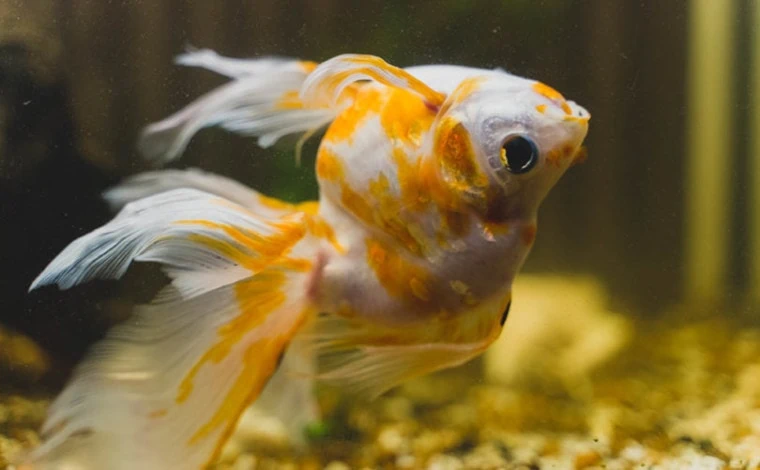
When you think about high-stakes hobbies, keeping and growing goldfish probably isn’t high on the list. But trying to transform that little dime-store goldfish into a big, beautiful creature can be like trying to turn a nickel into a hundred-dollar bill. It’s challenging, to put it mildly. Trust me, though, it’s worth it. Also, it just might be the least expensive thing that will teach you as much about patience, responsibility, and biology.
Importance of Mastering Goldfish Growth

Underneath those shimmering scales, your goldfish is a litany of lessons waiting to be learned. This is not just about improving your fish-keeping hobby, mastering the growth of your goldfish can teach you fundamental principles on pet-hood, life cycles, and biological growth rates that can be applied in real-life scenarios. It’s a window into understanding the dynamics of nature and unraveling the nascent stages of life. Besides, the sense of accomplishment from watching ‘Goldy’ grow from a tiny fry to a majestic adult goldfish is indescribable.
Why Goldfish Growth Can Be Tricky

Here’s a fun fact: goldfish are like the teenagers of the fish world. They’re unpredictable, moody (read: they can change color based on their moods), and their growth spurts are all over the place. Balancing their diets, recreating the appropriate water conditions, and ensuring a healthy environment can be akin to juggling flaming swords while riding a unicycle. It’s complicated, sensitive, and demands your focus– and just like when dealing with teenagers, if you mess it up, you will definitely hear about it.
But fear not dear reader, the following sections are designed to take you from goldfish growing novice to a veritable fish whisperer in no time. So, strap in your goldfish (not literally, of course!) and let’s dive into the vast sea of goldfish biology in the next section. Be prepared for some fascinating revelations about these lovely aquatic pets. Trust me, it’s going to be fintastic!
Understanding Goldfish Biology
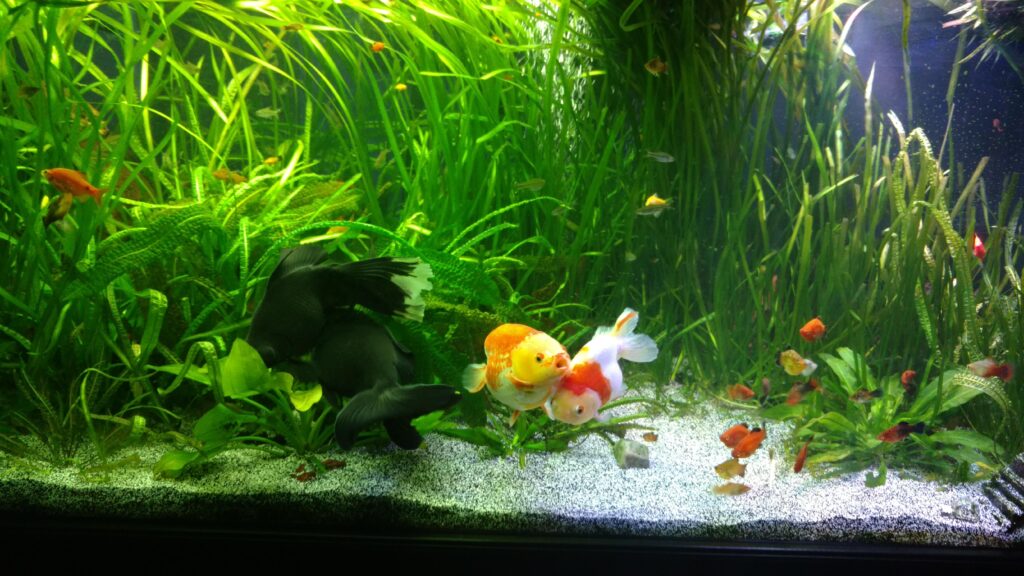
To truly master the art of enhancing your goldfish’s growth, we have to dive deep into the world of goldfish biology. It’s kind of like a soap opera; complex, intriguing, and sometimes downright baffling. Hang tight as we journey into the inner workings of your beloved Goldy’s genetics, age and seasonal growth changes!
The Role of Genetics in Goldfish Growth
One might expect, due to the name, that all large goldfish are the result of some kind of freak, aquatic genetic experiment. In reality, genetics play a significant role in determining the potential size of your fishy friend. And no, there isn’t a secret society of goldfish DNA splicers, at least none that we know of!
Different breeds of goldfish each have their own unique genetic blueprint, which will dictate their maximum size. Hence, even with the best dietary habits and perfect tank conditions, the genetic factor is somewhat like your overprotective aunt at Thanksgiving dinner – ever-present and realistically inescapable.
But don’t sulk in despair just yet! Understanding your goldfish’s breed and potential size can help manage growth expectations. Plus, it gives you an excellent conversation starter at parties – who doesn’t love discussing goldfish genetics over cocktails?
How Age Affects Growth Rate

Just as you stopped growing taller after your teenage years (much to your dismay), goldfish growth slows down as they age. In their first two years of life, goldfish are much like an overexcited puppy; they tend to grow rapidly. However, once two years old, their growth velocity slows down, becoming more akin to a middle-aged man’s jog.
Knowing this age-related growth pattern will help you track and manage your goldfish’s growth. Notably, it’s critical not to confuse slower growth with a stunting problem. Otherwise, you may end up spending a ridiculous amount of money on growth-boosting additives that your mature goldfish plainly doesn’t need!
Seasonal Changes and Growth
If you’ve ever wondered why you feel sluggish in winter and active in summer, you and goldfish have more in common than you imagined! Goldfish, just like us, respond to changes in season, notably due to temperature fluctuations.
During warmer seasons, goldfish enjoy a metabolic boost, which promotes reactionary growth spurts. Everyone loves summer break, including them! However, when water temperatures drop in cooler months, they adopt a metabolic hibernation mode. During these periods, expect minimal growth as your fishy friend focuses on saving energy, like ignoring anyone who talks about diets during the festive season.
Now that we’ve soared through the schools of genetics, the river of age, and the seasonal seas – the trinity of goldfish growth, let’s swim forward. In the next section, we’ll look at the five-star menu options you can offer your goldfish to win the coveted “Best Parent Fish in a Domestic Aquarium” award!
(Note: The title is still our proposal at the Aquarium Annual Awards Committee; we’ll keep you updated).
Optimal Diet for Fast Growth

A well-planned diet is a superhighway to a goldfish’s size and health. Feeding them just any fish food won’t give you Nemo but rather Swimmer, the class goldfish that, bless him, lived in a bowl. Let’s find out what your goldfish could and should be eating.
Types of Food to Promote Growth
Like a teenager, goldfish require a healthy diet packed with protein to spur them into a growth spurt. Feed them high-quality pellets or flake food made especially for goldfish: these include brands like Omega One and TetraFin. For those on their Michelle Obama grind, you can opt for homemade meals using basic ingredients like peas, spinach, and zucchini. Interested in learning more about the best diet for your goldfish? You can Discover the Best Foods for Your Goldfish in our comprehensive guide.
Additionally, consider giving your pet occasional treats of daphnia, brine shrimp, or blood worms. These treats serve as growth boosters, much like a protein shake after a gym session.
But, before you make your pet the Gordon Ramsay of the fish world, remember that their dietary needs will differ slightly based on their variety and age. Just as different types of people need different diets, so do different types of goldfish. Always keep in mind the specific needs of your aquatic pet when planning their meals.
Quantity and Frequency of Feeding
Want to know the golden rule of feeding your goldfish? It’s quite simple: don’t overfeed! Goldfish don’t have a stomach and therefore can’t digest a lot of food at once. A good rule of thumb is to feed them only what they can gobble up in two minutes. Overfeeding can lead to waste buildup in the tank and, ironically, stunt your fish’s growth.
But wait! If you’re hoping for a goldfish that rivals Jaws, you’ll need to feed them more frequently. Aim for 2-3 small meals a day, taking care not to overfeed.
Understanding Nutritional Needs
Getting to know your goldfish’s diet is like attempting the Keto diet for the first time; it can be a maze of high-protein, low-carb, no sugar…wait, what’s that? But fear not, a goldfish’s nutritional needs are considerably simpler.
Goldfish are omnivores and thrive on a balanced diet of both plants and protein. They need carbohydrates for energy, protein for growth, and a dash of fats, vitamins, and minerals for general good health. It’s also crucial to include fiber in their diet to aid in digestion and prevent swim bladder disease.
Changing the water regularly and maintaining a clean, acidic, and low nitrite environment also helps in their digestion.
Well, we’ve mastered the culinary arts today. Feel free to take that metaphorical chef’s hat off. Next, we dive into the ideal conditions for optimal growth. So, strap on those snorkeling gear folks, because it’s about to get deep and daft in here!
Conditions for Optimal Growth
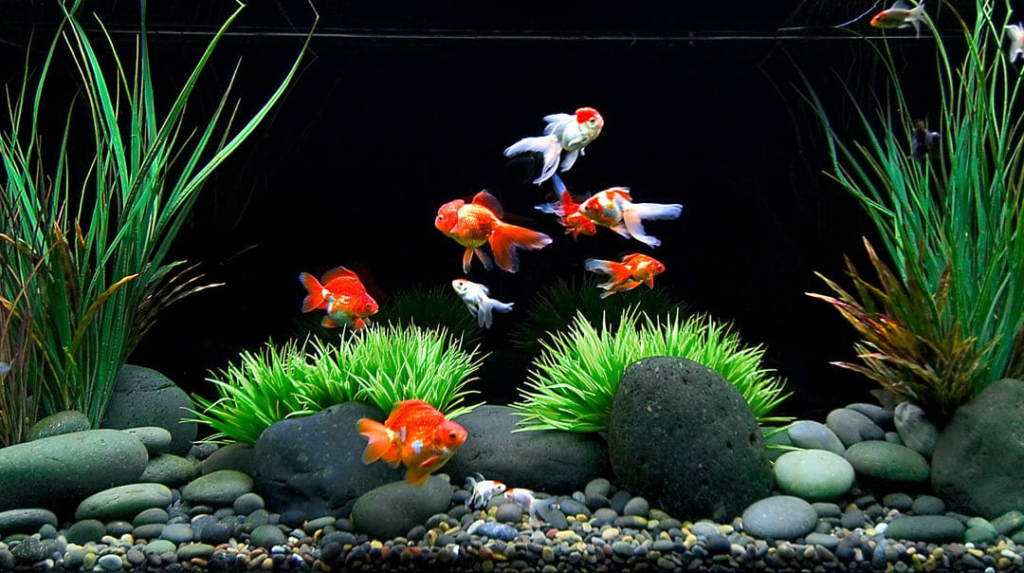
To hatch your goldfish into a Goliath of the fishbowl world, it’s not just about shoving food in their cute, gaping mouths and hoping for the best. Just like you wouldn’t toss a handful of seeds onto a parking lot and expect to find a thriving garden, creating the perfect conditions for your goldfish to grow is crucial. And because I know what’s swimming in your mind right now, let’s dive right into it.
Ideal Tank Conditions
Scene: Picture yourself chilling in a cramped, dingy room with awful air quality. Sounds pretty horrible, right? Now think of your goldfish. Your aquatic VIP needs a roomy, clean tank to feel comfortable and grow. Goldfish grow to the size of their encasement. It’s that simply-crazy “Goldie law”.
Ideally, you want each goldfish to have a minimum of 20 gallons of water- it’s not a suggestion, folks, it’s a serious business. And keep the gravel substrate minimal. Your goldfish will show their gratitude by pooping less, which keeps the tank cleaner. On that note, an effective filter system is non-negotiable. It’s a simple case of “better filters, bigger fishes.”
At this point, you might be thinking: “Okay, got it. Big tank, less poop, good filter… but how hot should I keep this tropical oasis?”
The Role of Water Temperature
You’re doing this for Goldie, remember? In reality, your goldfish is less a tropical vacationer and more a “cool day at the park” kind of fish. That means the tropical heat settings on your tank heater need to step aside to make way for cooler temperatures of 65-75 degrees Fahrenheit to promote optimal growth.
A stable temperature is the golden secret, as drastic changes could lead to undue stress, slower growth, and even illness. Better to avoid the fishy version of a horror story!
So you’ve got the space, you’ve got the temperature, but how pure is your water? Let’s see.
Impact of Water Quality
Nope, you can’t just fill ‘er up from the tap and call it good when it comes to your goldfish tank. The water quality is paramount because, believe it or not, goldfish are sensitive creatures when it comes to their H2O environment. We’re aiming for a Goldie paradise here, after all.
To maintain top-notch water quality, check the pH (ideally, it should be between 6.0 and 8.0), ammonia, nitrite, and nitrate levels frequently. Goldfish are like aquatic canaries in a goldmine—water quality can affect them before you even notice a problem.
Well, you might be swimming in new information like a goldfish in a sparkling clean tank right now. But trusting these conditions can make a world of difference to your dear Goldie’s growth.
So now that we’ve sorted the living conditions, next, we’ll be delving into some commonly made mistakes by budding aquarists. Buckle up; you’re about to become a pro in avoiding goldfish growth pitfalls!
Common Mistakes that Stunt Goldfish Growth

Our journey down the goldfish growth expressway takes an unexpected turn here. Brace yourself, because we’re about to cross over to the dark side. Batten down the hatches and prepare for some real talk. My decade-long experience elaborates on three cardinal blunders that some, well no, most goldfish parents make that stunt the growth of their finned babies.
Overcrowding the Tank
Picture this: you’re at a party. The music’s loud, the snacks are going fast, and there’s barely any room to do the macarena. Sounds like a claustrophobic nightmare, right? Well, that’s what an overcrowded goldfish tank feels like, sans the whacky dance moves. There’s a simple rule: give each fish at least 10-20 gallons of water. Not only does this provide them with adequate space to flex their fins, but also keeps territorial disputes to a minimum (yes, fishes have territories too!). Remember folks, your goldfish aren’t sardines. They need space to frolic and grow (sans the sardine can!).
Inappropriate Diet
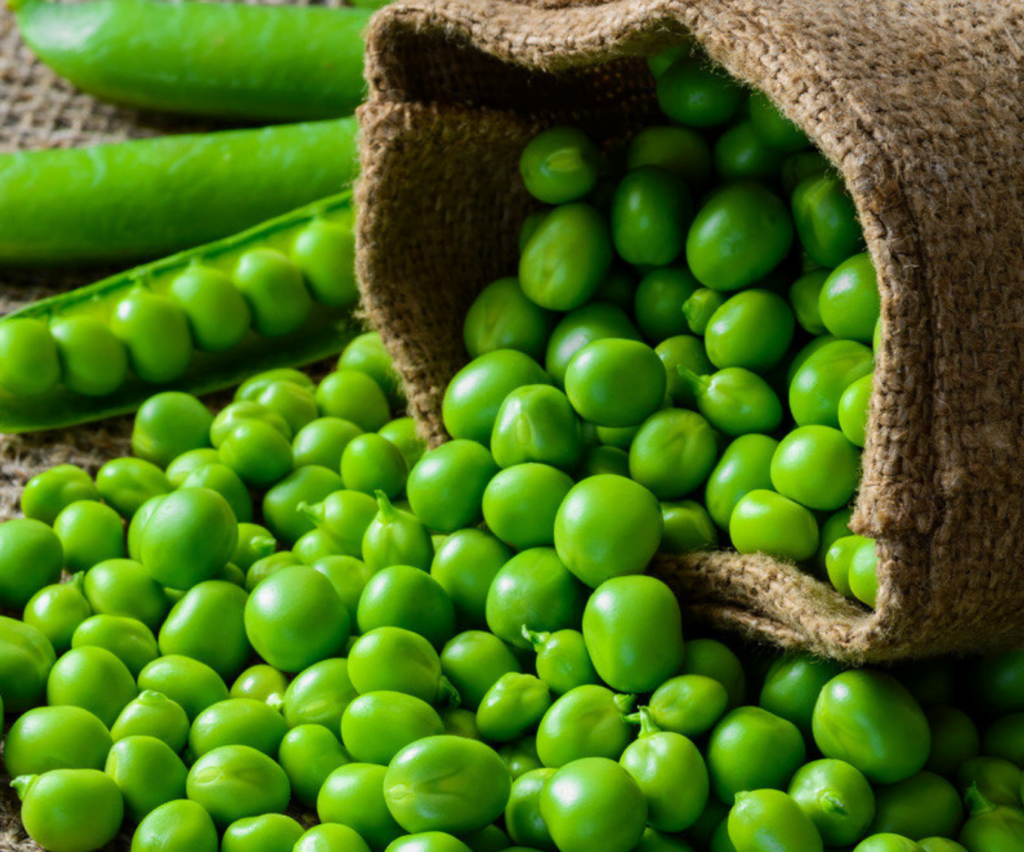
Moving on to our next potential growth stunner: food. Imagine subsisting solely on a diet of soda, fries, and popcorn. Sounds thrilling at first, right? (I’m looking at you fast-food junkies!) But soon, you’d feel pretty miserable. The same goes for your pet goldfish. Just like us, they need a balanced diet with the right combination of protein, carbs, and vitamins. Feeding them with low-quality pellets or flakes every day is like serving them fast food for every meal. Bottom line: Serve a mix of leafy greens, high-quality pellet food, and the occasional treat of frozen brine shrimp or daphnia.
Neglecting Water Changes
Here’s our final entry in “The Goldfish Growth Antagonist Hall of Fame”: neglecting water changers. Our aquatic friends don’t have the luxury of flushing away their waste – unless we intervene. Now, this doesn’t mean we need to dive in there and give the whole tank a scrub every week, but we must regularly replace a portion of the water. This ensures your fish aren’t swimming in a toxic soup of their own doings (gross, but true), and also helps maintain water conditions that are conducive to growth.
Maneuvering these blunders isn’t tricky once you establish a solid goldfish-care routine. As we dive deeper, we’ll uncover some additive ninja tricks that will supercharge your fishes’ growth. So, stay tuned!
Effective Growth-Boosting Additives

After understanding the biology, making the diet plan, and setting the perfect living condition for your flamboyant finned friends, wouldn’t it be great if there was a magic potion that could significantly speed up their growth? Well, lucky for you, we live in a world where such formulas exist! Here, we shall explore three powerful additives that’ll turn your goldfish into a real-life Jaws – in size, not terror!
TetraFin Balanced Diet Goldfish Flake Food

Swap that protein shake for goldfish with TetraFin Balanced Diet Goldfish Flake Food. Crafted with an enriched blend of nutritious ingredients, including high-quality fish meals and shrimp meals, this growth formula includes a variety of vital vitamins, such as Vitamin C, to support a healthy immune system. Add a dash of this growth-boosting flake food to witness speedy growth and vibrant color development in your goldfish. Just be mindful that TetraFin is a potent blend, so, it’s vital to stick to the recommended feeding instructions to avoid overfeeding your goldfish.
Pros: Supports rapid growth and vibrant color development, boosts the immune system
Cons: This can lead to overfeeding if not carefully used.
Hikari Wheat Germ Pellets

While studying goldfish, you may have accidentally earned a minor in Aquaculture, and hence you know that wheat germ is a healthy and natural way to stimulate growth in fish. So let’s introduce the Hikari Wheat Germ Pellets, the sushi-grade additive for your goldfish. This formula is rich in Vitamin E and highly digestible, which ensures a healthy immune system alongside rapid growth. It’s ideal for colder water temperatures, because even goldfish get chilly, right? However, you should note, these pellets are larger and a little hard, and so, might not be suitable for smaller, younger goldfish.
Pros: Promotes rapid growth, is good for the immune system, perfect for cold waters
Cons: Not suitable for juvenile goldfish due to larger, harder pellets
Aqueon Goldfish Granules
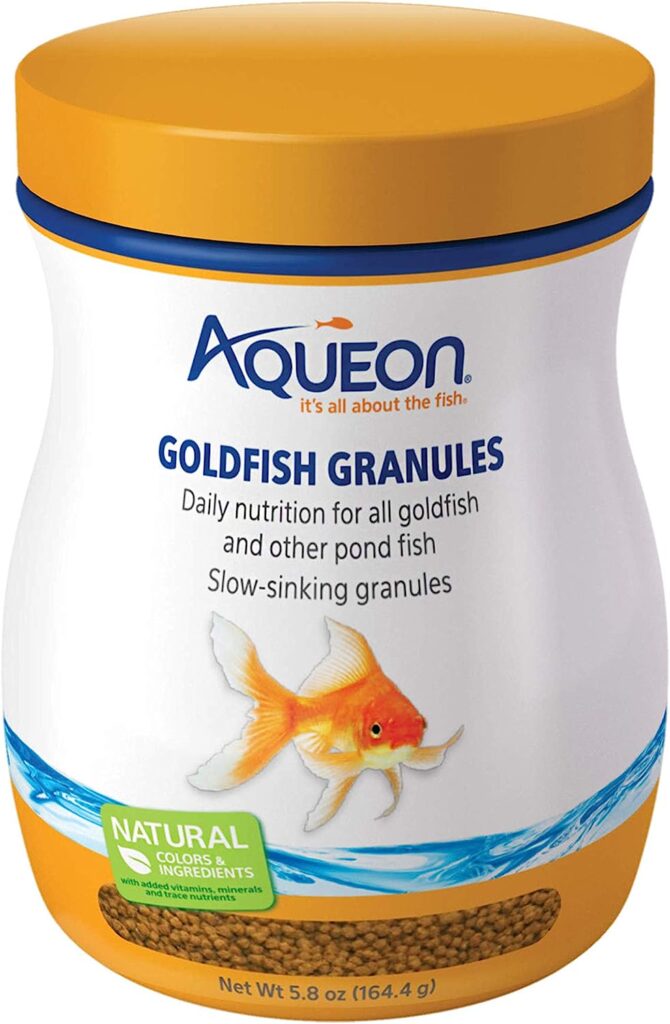
If your goldfish could talk, it would probably be raving about the taste of Aqueon Goldfish Granules. This formula consists of a special blend of natural ingredients, precisely balanced to meet the nutritional requirements of goldfish. Aqueon Goldfish Granules are formulated with natural ingredients and colors with added vitamins, minerals, and trace nutrients for a balanced daily diet. It’s less bulky than pellets, making it perfect for our goldfish of all sizes! Just be careful not to mix too much into the water as these granules can make it cloudy.
Pros: Excellent for goldfish of all sizes, contains vital nutrients
Cons: Can cloud the water if overfed
Now we’re at the end of our magic potions guide. We’ve gone through three growth-boosting additives that’ll help your goldfish reach its maximum growth potential faster. But remember, with great fish power, comes great responsibility! Overzealously dumping an entire bottle of growth formula into your tank can do more harm than good. Next, let’s explore the most common mistakes that stunt goldfish growth. Do steer clear of them to let your goldfish bask in all its glory!
Final Thought
Summary of Efficient Growth Techniques
As we make a swan dive to conclude this riveting journey into the world of goldfish growth, it is paramount that we provide a succinct round-up of the knowledge uncovered. We’ve learned that the rate of goldfish growth is influenced by a miscellany of factors including fish genetics, age, seasonal changes, and, fascinatingly enough, diet.
Just as we humans can’t survive on soda and chips, (as much as we may like to), your goldfish also needs a balanced, nutritious diet to fuel their growth. This includes a sprinkle of decadent Hikari wheat germ pellets or the handy Aqueon goldfish granules for those finicky eaters. Even pre-made growth formulas like the TetraFin Balanced Diet Goldfish Flake Food can be used to supplement a goldfish’s diet, nourishing your aquatic friend to their utmost potential.
Of course, when armed with the perfect food, you’re halfway there. The journey must be completed with the aid of optimal tank conditions. Be it water temperature, quality, or uncrowding the tank, these elements influence the fish’s physical growth right alongside their satisfaction levels. And boy, you don’t want a disgruntled goldfish on your hands!
The Commitment Towards Mastering Goldfish Growth
Mastering goldfish growth is, oddly enough, not as simple as tossing a penny into a wishing well. It’s all about this critical commitment to learning, not unlike the commitment you take on when raising a puppy or learning to play the ukulele.
But don’t panic! Just like all good things in life, this too demands patience, endurance, and most importantly, an unwavering dedication to googly-eyed, floppy friends. Every effort in the end extends your goldfish’s lifespan, and its overall health, and, let’s be honest, it makes them look much jazzier, swishing about in their mini aquatic kingdoms.
If you’ve swam alongside me to this final point, you are on your way to becoming an excellent goldfish parent. So here’s to you – pledge to responsibly care for your goldfish’s growth efficiently and they will reward you with a performance of bubbles, swirls, and twirls that would put any Broadway show to shame!
Stick around for the next aquatic adventure – How to train your goldfish for the Olympics swimming competition. Just jesting, folks! Or am I? Only time will tell!
Frequently Asked Questions (FAQ)
Question 1: Why is mastering goldfish growth tricky?
Answer: Goldfish growth depends on several factors, such as diet, living conditions, and age, which could make their growth pattern quite unpredictable at times.
Question 2: How does genetics affect goldfish growth?
Answer: Like all organisms, goldfish inherit traits from their parents, including size potential. Certain goldfish breeds inherently grow larger and faster than others due to their genetic makeup.
Question 3: Does the age of a goldfish impact its growth?
Answer: Yes, goldfish typically grow most rapidly when they’re young, and the growth slows down as they age.
Question 4: Is there a specific type of food to promote goldfish growth?
Answer: High-quality, nutrient-dense foods like TetraFin Balanced Diet Goldfish Flake Food, Hikari wheat germ pellets, and Aqueon goldfish granules are known to promote healthy and quick goldfish growth.
Question 5: How does water temperature affect a goldfish’s growth?
Answer: Goldfish metabolisms increase in warmer water, which speeds up growth. Conversely, cooler temperature slows growth as their metabolism slows.
Question 6: How does overcrowding stunt goldfish growth?
Answer: Overcrowding leads to competition for food and creates stress, both of which can limit goldfish growth. Too many fish also degrade water quality faster, which influences growth negatively.
Question 7: What mistakes should I avoid to ensure optimal goldfish growth?
Answer: Avoid overcrowding the tank, feeding an inappropriate diet, and neglecting regular water changes. These are common mistakes that could stunt your goldfish’s growth.
Question 8: What are some effective growth-boosting additives for goldfish?
Answer: TetraFin Balanced Diet Goldfish Flake Food , Hikari wheat germ pellets, and Aqueon goldfish granules are all potent growth-boosting additives suitable for goldfish.

